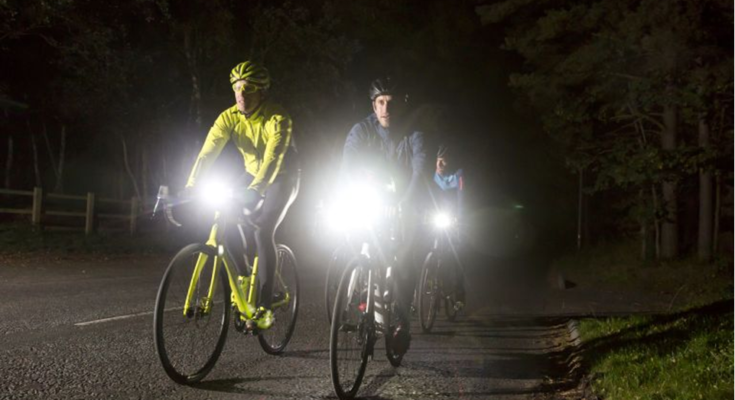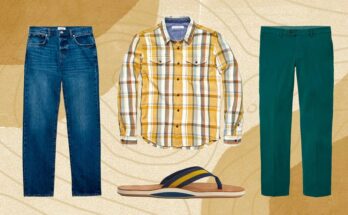The first thing to consider when buying bike lights is your personal preference and the conditions in which you ride. If you choose a headlight, it should be bright enough for night riding on unlit roads and not so bright as to dazzle oncoming traffic at junctions.
If you go for separate front and rear lights, remember that most road bikes and hybrids have only a limited clearance between tire and frame at the back for mudguards: there’s little point in fitting a fat rear light if it is going to rub against the tire.
The second consideration is safety – cyclists account for 10% of road deaths and serious injuries in the UK, according to government figures. The lights themselves don’t make you safer, but they certainly increase your visibility when riding at night.
Riding with lights on during the day is legal in Britain: it’s even compulsory if you want to use bike lanes in London. However, if you’re involved in an accident while riding without lights at night, you would be held responsible by police and insurance companies for any resulting damages.
It can seem a hassle remembering to turn lights on and off before starting and finishing your ride, but it’s worth it: several studies have shown that drivers give more room when overtaking cyclists who are lit up like Christmas trees compared with those who aren’t, especially when visibility is poor.
The basic rule for lights on your bike is that they should be bright enough for you to see where you are going and so that other road users can see you. There are several factors to consider when choosing suitable sets of bicycle lights: price, lightweight design, ease of attachment, and portability.
Lightweight design refers to the weight or mass of each individual light unit by itself without any battery pack attached. While this may not seem an important deciding factor in some buyers’ eyes, it makes a substantial difference in the long run, especially if you are riding on mountainous trails or bumpy roads where lighter usually means better – durability-wise.
Ease of attachment refers to the process of physically attaching the light to your bike. The last thing anyone wants to deal with is a difficult light unit that takes up too much time and effort in the process of fitting it onto your bicycle. Portability refers to the overall design of the entire light unit: if it’s bulky and heavy, then it should probably be left at home next time you go out for a long ride.
The lightweight design comes into play here as well, but usually only when you’re planning on going for longer rides or harder trails where less weight means better endurance overall. Generally, this should be considered if you’re looking specifically for lightweight bike lights due to their ease in carrying them along with you during any biking activity, no matter how short or easy-natured it may be in general terms.
Price is another consideration on the list since bike lights are usually on the more expensive side of any money-related to buy bike lights online, but there are always exceptions to consider depending on your budget – you shouldn’t let this factor outweigh the rest, though.
Ease of attachment is additionally important when considering some bicycle lights since some models may be difficult to attach to your bike without hassle; while this is true for most lights, it can become a major issue for those with large frames or oddly shaped areas where they’re supposed to go. An ideal design would allow for easy attachment anywhere on your frame so that you don’t need to worry about anything holding you back in this department.




